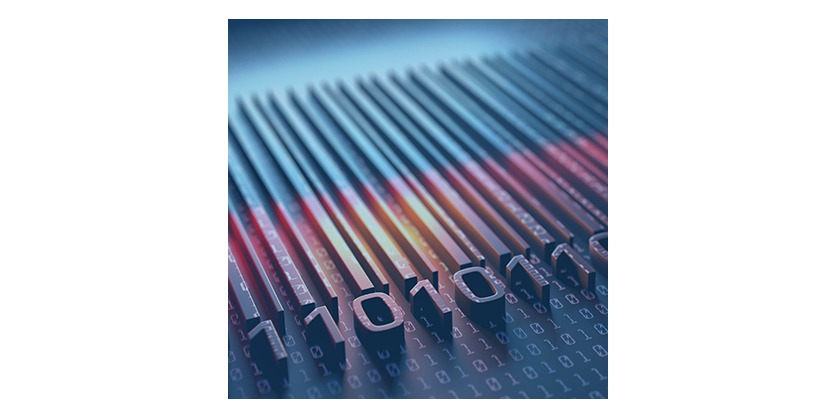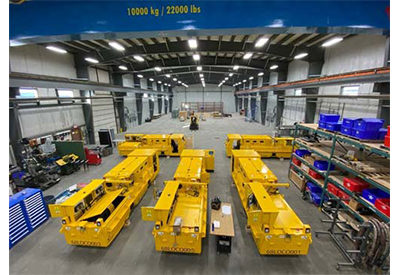Verifying Quality without Compromising Production Output Through Holistic Traceability
March 28, 2024

Shipping a mislabeled product is at the heart of some of the largest recalls, damaged supplier relations, compliance violations, and warranty costs across multiple industries. Customers relying on “just-in-time” delivery can experience costly downtime if the quality of a label or barcode is not maintained upstream.
Handheld high-volume traceability systems continue to be a powerful tool to address these challenges, especially when integrated into all-in-one automation architecture. This blog will explore the benefits and applications of these systems, with a focus on Omron’s unified offerings.
The Value of Traceability
Handheld high-volume traceability systems provide a reliable way to verify barcodes, ensuring that the right products reach the right customers at the right time. As handheld traceability systems reduce, if not eliminate, mislabeled packages from reaching downstream processes. They increase throughput with high-speed data transfer for a large quantity of barcodes and reduce missed shipments by tracking each package throughout the process, rather than only at the process end.
Traditional Traceability Challenges
Historically, deploying handheld high-volume traceability systems comes with their own set of challenges. These include integrating these systems into existing architectures and connecting devices with non-industry standard connections.
While major components, such as the controller, handled traceability scanner, and industrial PC, make up the overall system, often the challenges reside in how these major components connect. Multiple controllers often require multiple programming software environments, which often require multiple connections. Integrating these scanners into pre-existing architectures or IPCs often requires adapters. These adapters increase installation cost, time through programming, and can increase data latency within the system.
Omron addresses these challenges by offering seamless integration, eliminating the need for adapters, and providing easy scalability in the Sysmac platform.
Removing Traceability Challenges Through Holistic Automation Control
Omron solves common challenges in this area by integrating the scanner into the overall automation ecosystem, rather than forcing the ecosystem to adapt to the scanner. Aligning with the Sysmac One Controller, One Connection, and One Software mantra, Omron’s comprehensive range of products, designed specifically for high-volume traceability applications, have been the foundation during the development of the new V460 handheld scanner.
The V460 handheld scanner integrates into the software Sysmac Studio to allow for quick set-up without the need for adapters. The NX102 controller enables seamless communication with cloud databases, ensuring centralized data management. Removing middleware from the factory floor. These solutions not only enhance efficiency but also provide full product traceability, supporting overall facility objectives.
Handheld high-volume traceability systems have become indispensable tools for facilities aiming to improve efficiency, accuracy, and customer satisfaction. By leveraging Omron’s holistic perspective of traceability, businesses can minimize errors, increase throughput, and achieve their production objectives with ease.
More Information
Streamline process, ensure quality and protect brand with real-time tracking
Related Story
Traceability 4.0. How Omron Can Help You Get More Out of Your Digital Transformation
Traceability is important for many reasons. Without it, it would be virtually impossible to mitigate quality issues in the field. Many industries require tracking and trace for components and assemblies such as automotive, life sciences, food and beverage. These industries require that manufacturers record and store data for every component or batch that is used to complete the finished good in the event of a future recall or quality issue.
Today, more industries are starting to adapt these same track and trace processes – not necessarily to protect themselves in the event of a recall or issue – but because they recognize the advantages the data from these systems can provide. They see the potential for using this data in a proactive way. Data is the secret to any successful IIoT (Industrial Internet of Things) outcome; however, it is not only important to collect the data, but to also identify the critical data and aggregating it with other sources to create a holistic view.




